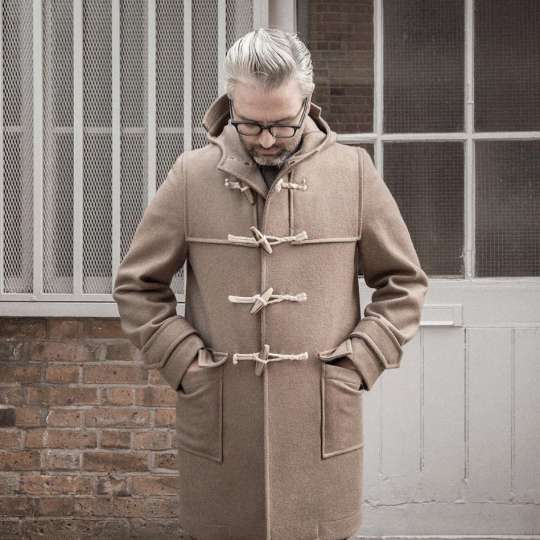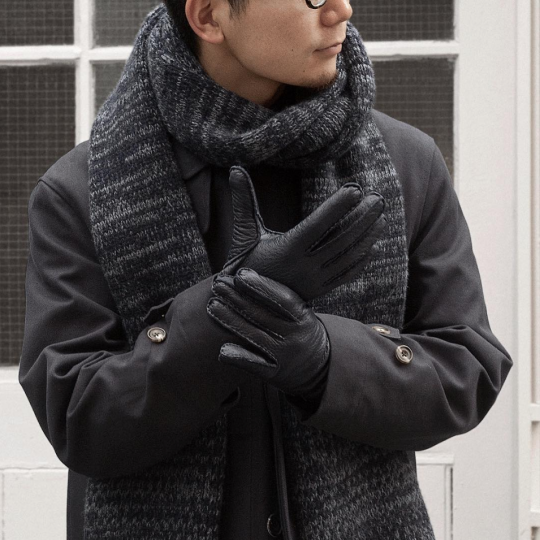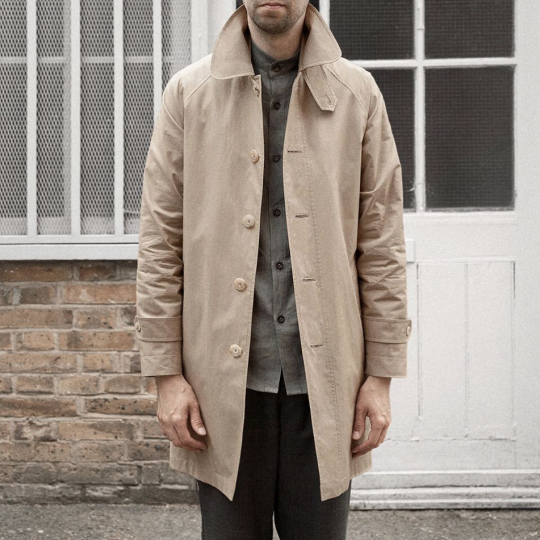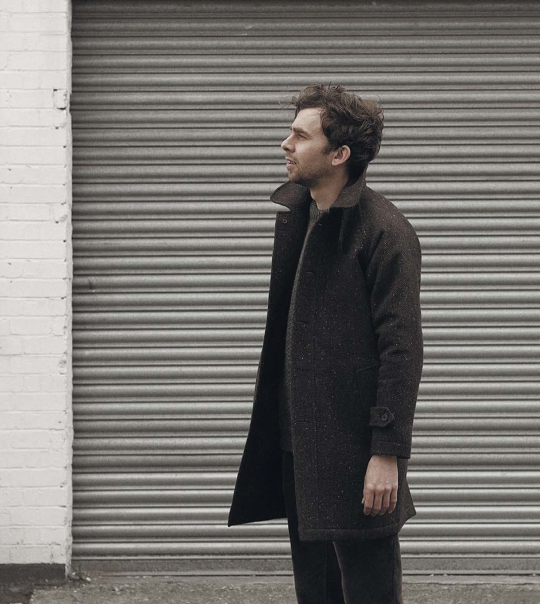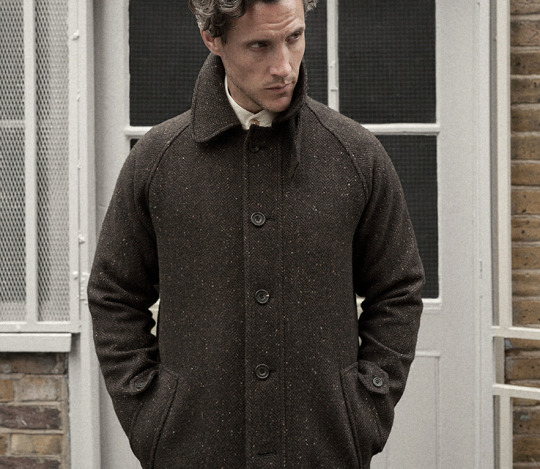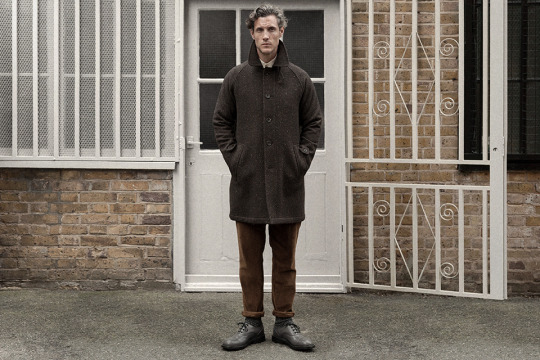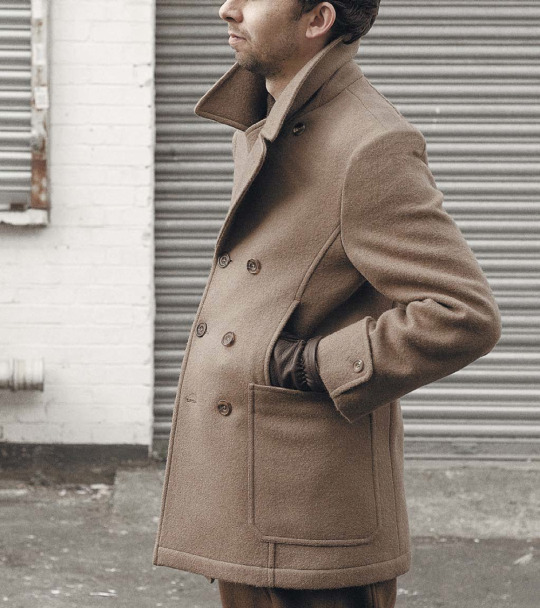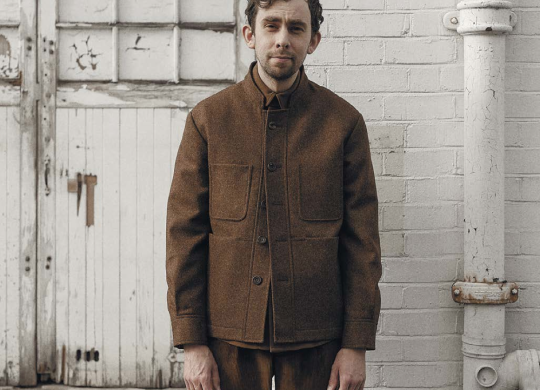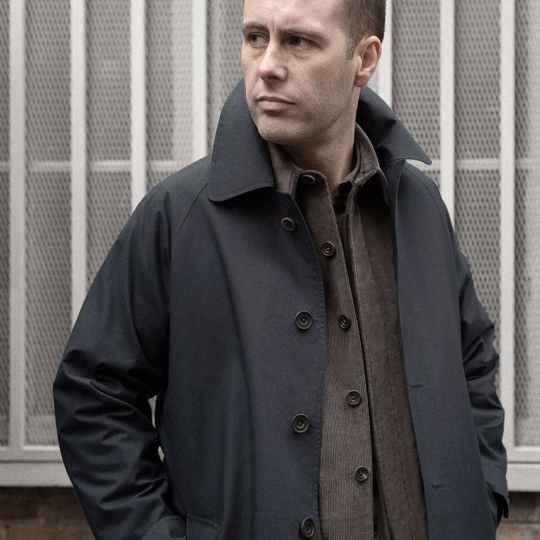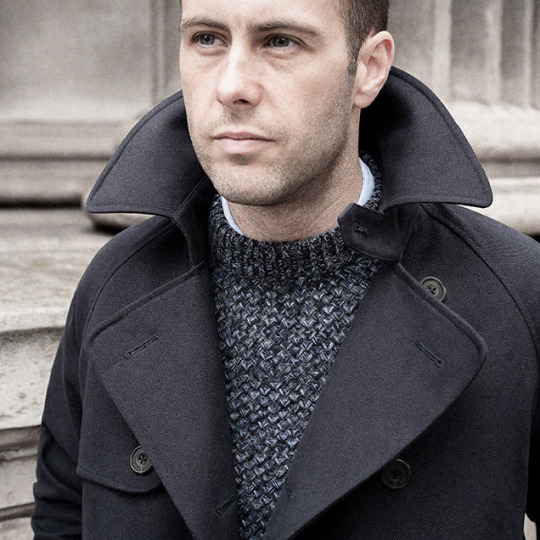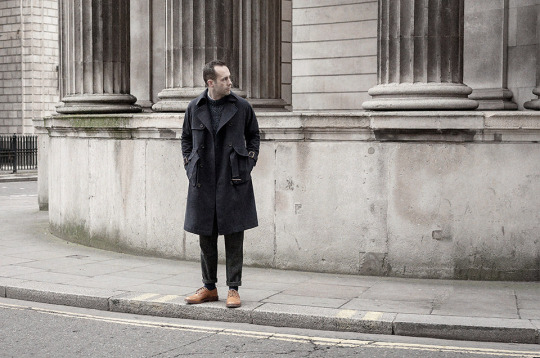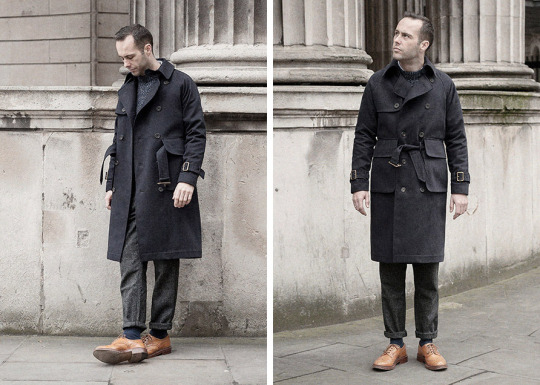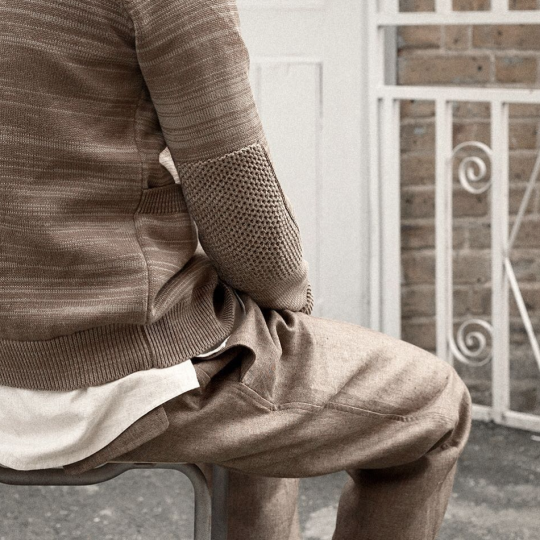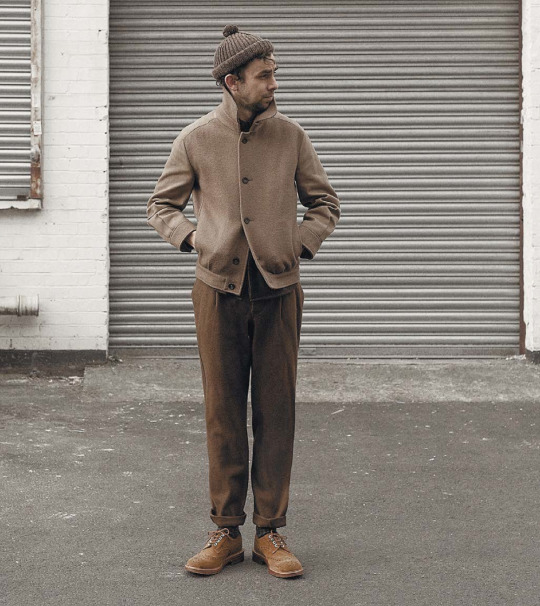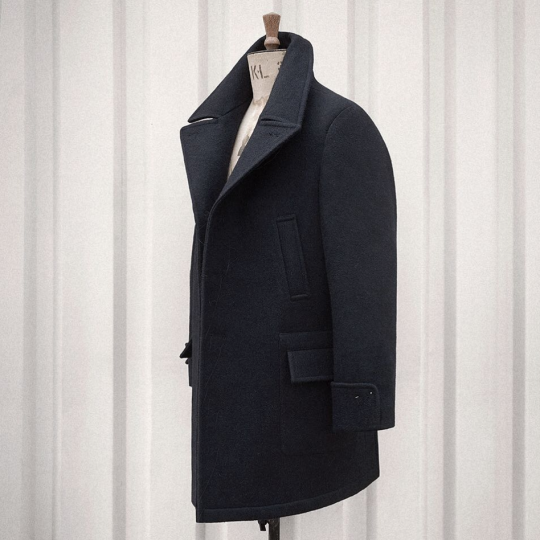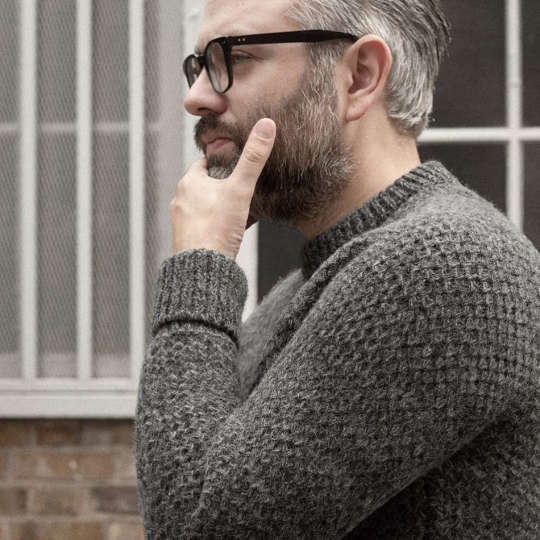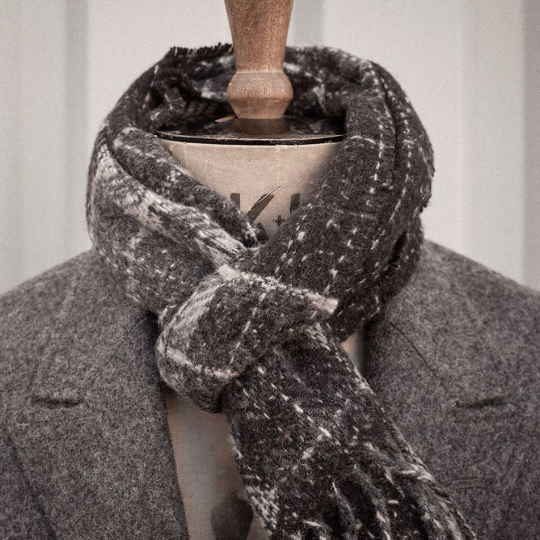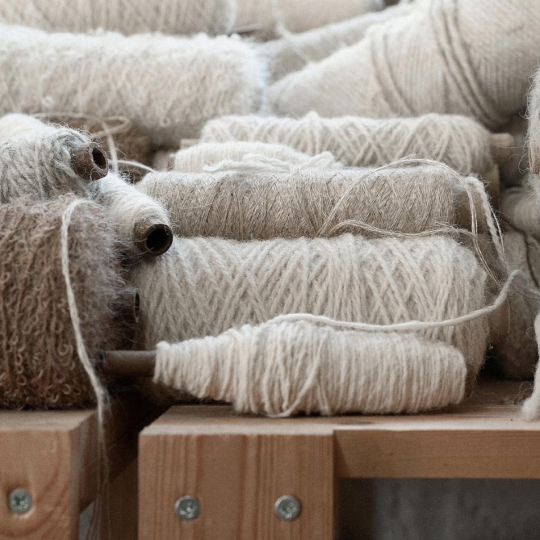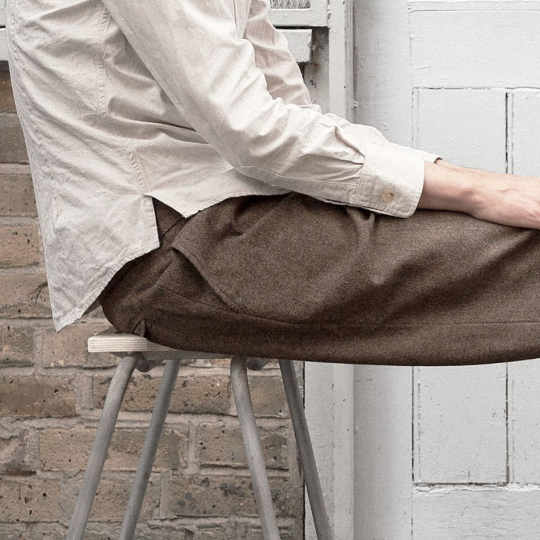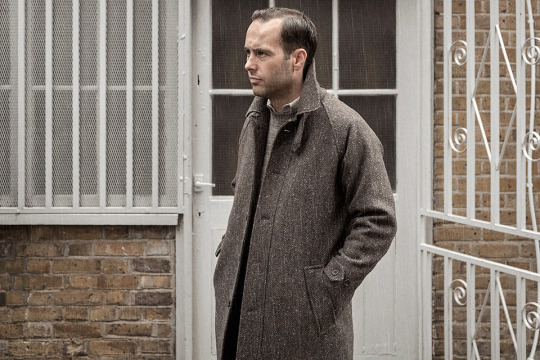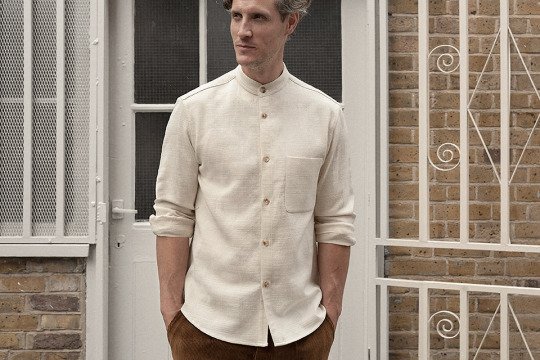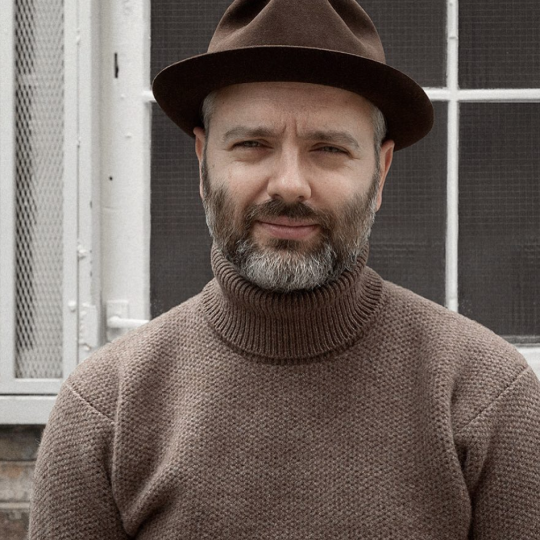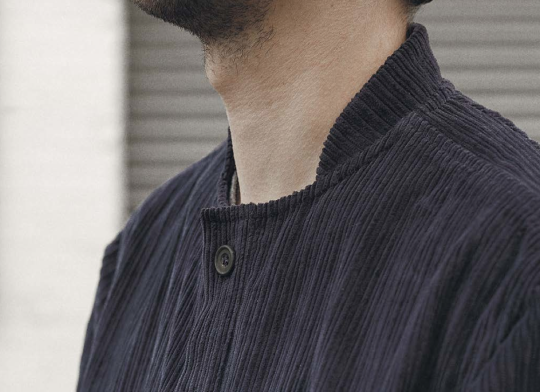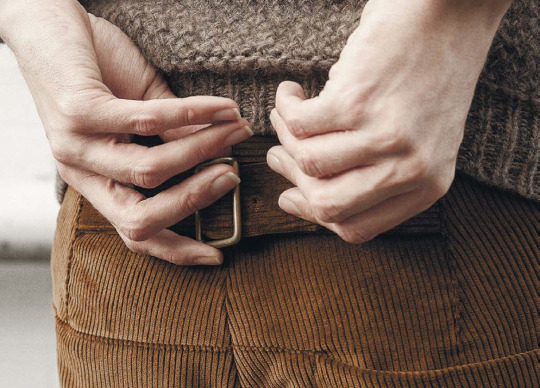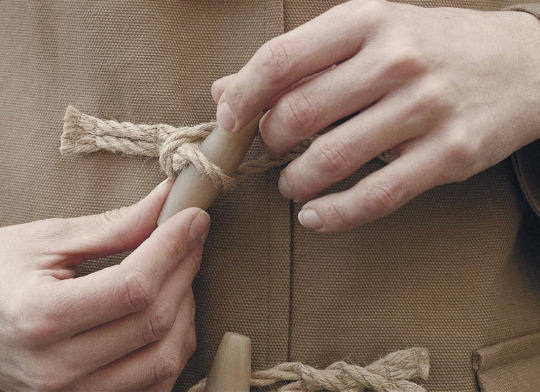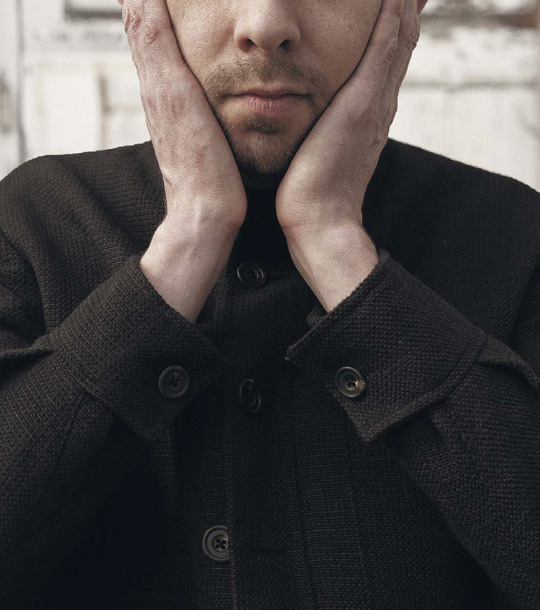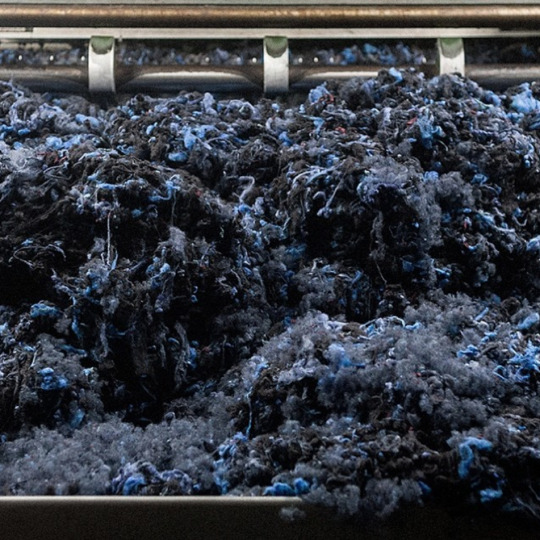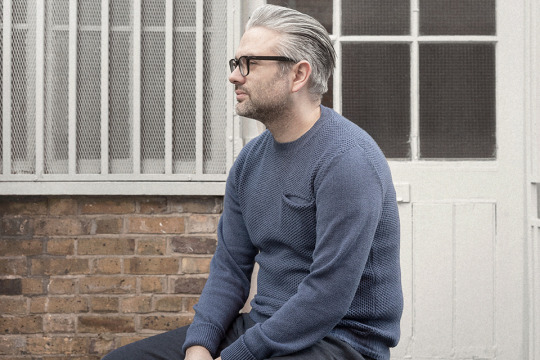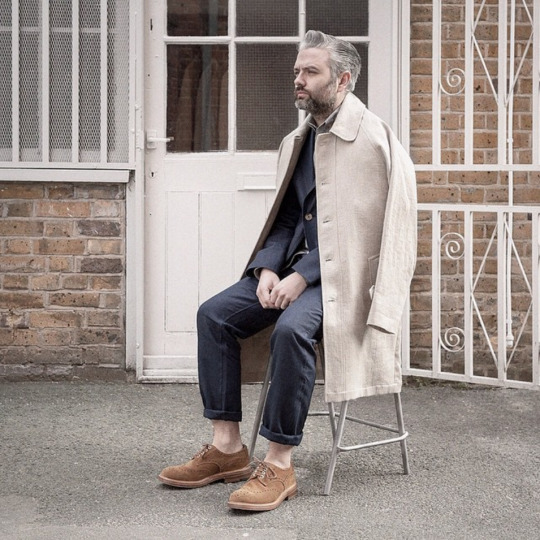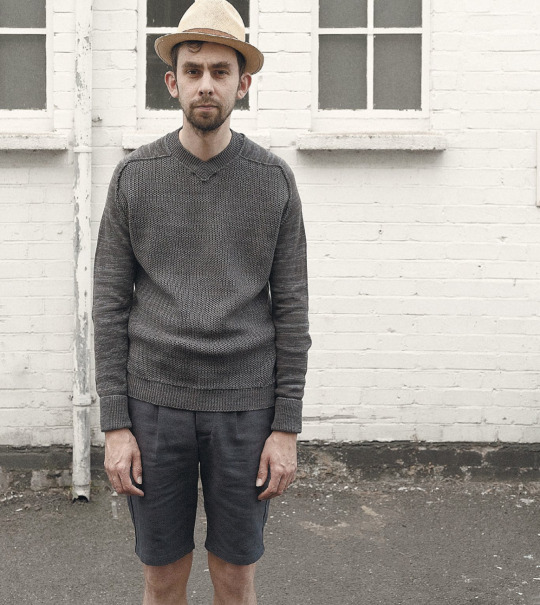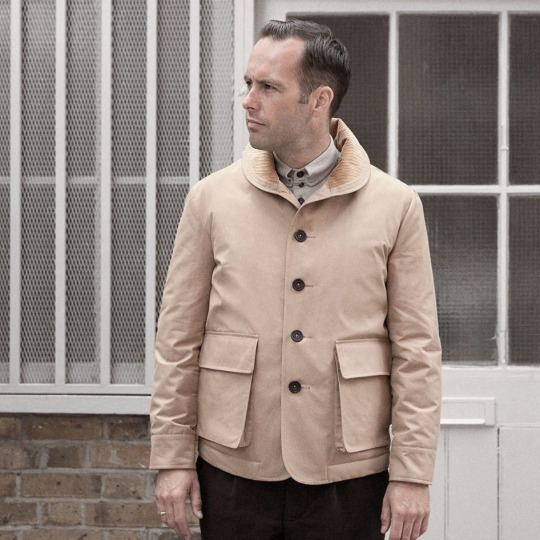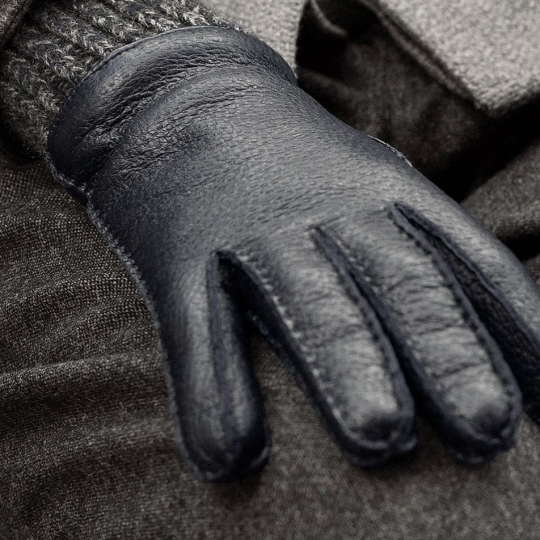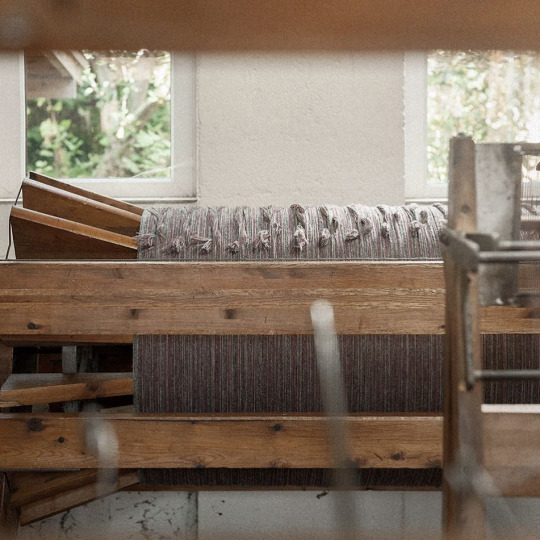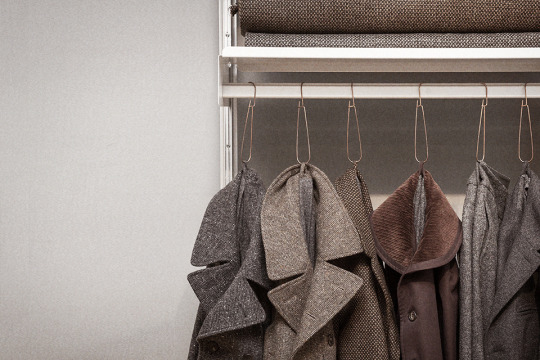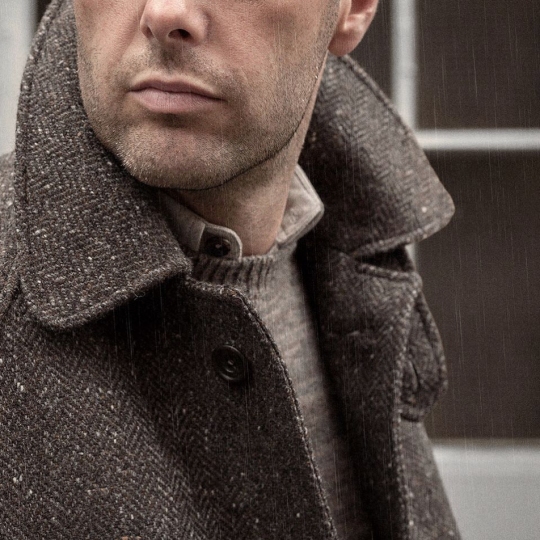
No one in the fashion industry ever admits to being in the fashion industry. For all the designers and tailors I’ve spoken to over the years, I’ve found they all say the same thing – they’re not interested in fashion, they don’t follow trends, and they’re about making things that last. That’s true whether they’re hand tailoring three-piece suits or slapping together the cheapest possible black double rider.
No brand, however, embodies the anti-fashion ethos more than S.E.H. Kelly, a micro-sized brand run by just two people – Sara E. H. Kelly, after which the company is named, and her partner Paul Vincent. Their collections are small, albeit growing, with just a few designs and some basics to accompany them. There are some mid-weight, medium-wale corduroy shirts, including some pullovers with unusual collars, as well as subtly pleated trousers with buckle-back and side-tab details. The stars of the collection tend to be in outerwear, where you’ll find trench coats made from stealth-quality Ventile cotton, as well as raglan-sleeved Balmacaans constructed from the loveliest Donegal tweeds.
Their collection mostly stays the same from year to year, with a new design dropping once in a blue moon. "When Sara and I started the company, we wanted to do this on an ‘as-and-when’ basis,” says Paul. “Meaning, as we develop new patterns and when we find interesting cloths. Five years ago, we only had three jackets, and the following year, we didn’t have anything new, so we reintroduced the old designs in new fabrics. Now the collection is growing, so we occasionally rotate things in and out, but we still mostly make things with slight updates.”

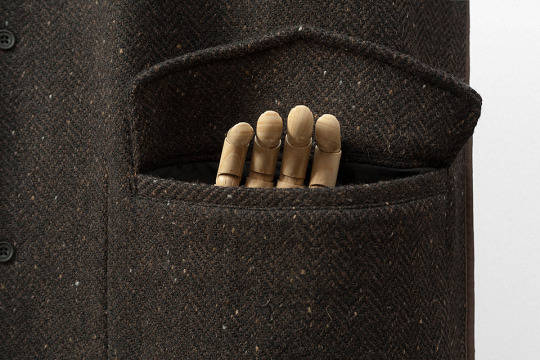
It’s hard to overstate how unusual that is in today’s world, where the pace of fashion is only increasing. Along with their usual spring/ summer and fall/ winter collections, many brands will include new lines dubbed Resort, Cruise, Pre-Spring, and Pre-Fall. The reason is obvious. Things age quickly on the internet, and in order to stay in people’s minds, you constantly have to give them something to talk about. In his interview with iFashion, Christophe Lemaire says the industry is devolving into a spectacle. “Fashion now is all about spectacle. I don’t mind spectacle – I think we need strong images – but when it’s only about making noise in order to exist in the media, I think we lose the real point.” This sort of breakneck speed is the reason why Raf Simons retired from his post at Christian Dior a few years ago, where he felt the overbearing pace was forcing him to compromise on his design process.
S.E.H. Kelly is the opposite of that world. Instead of throwing out last year’s collections and starting anew, they constantly revisit and refine. Paul, for example, is obsessed with sleeve designs and hidden details. So on their version of a donkey jacket – a British classic associated with miners in the ‘60s and ‘70s – they constructed the sleeves in a way that allowed them to put a seam across the front. And along that seam, they set a hidden welt pocket. Similarly, their trench coats have raised hip pockets, which have been cleverly modified to hold the garment’s belt. And within the pockets of their Balmacaan, you’ll find an out-of-sight channel that’ll allow you to reach inside your coat. “We like to tweak things with a new collar or pleat every once in a while, but it’s about perfecting a garment,” says Paul.
This anti-fashion approach is possible because S.E.H. Kelly mostly stays outside of traditional retail networks. With the exception of a few stores in Japan, you can only get their stuff through their website, which allows them to play the fashion game on their terms. Readers may remember Ten C, which introduced itself a few years ago as a “forever collection” – one fabric, four colors, seven jackets. The idea was the make the idealized version of several key outerwear pieces, which they would never build upon or change. Unfortunately, after a year, stores weren’t having it – they needed new stock in order to keep customers interested. So in order to retain their real estate in stores, Ten C has had to transition to a somewhat more standard business model.
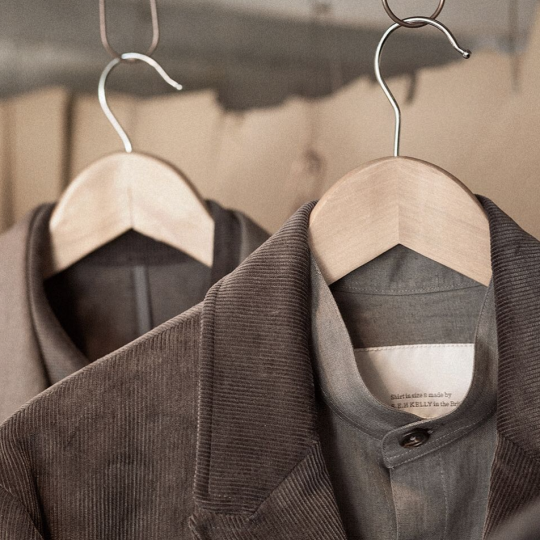

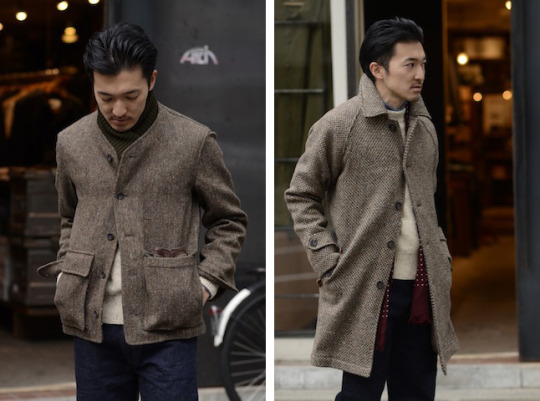
That’s all on the backend of S.E.H Kelly’s business, however, which customers rarely see. The noticeable part is in the styling. The clothes are updates on classics, with slightly shorter and trimmer silhouettes for their SB3 (their take on sport coats), as well as a healthy dose of workwear that feels less than rugged. The chore coats are made from plush corduroys and heavy linens; the birdseye sweaters knitted from chunky, multi-ply yarns. Their clothes have a vintage and utilitarian feel without being anachronistic.
Everything is also fully made in Britain, from the fabrics to the trims to the sewing of the garments themselves. Sara used to do product design and development on Savile Row. There, she made connections to various suppliers throughout the country, which she now relies on for her label. Staying exclusive to Britain, however, means the brand has some self-imposed design restrictions. “British fabrics tend to be thick and warm, so our spring/ summer collections can be a bit meager,” Paul says. “On the other hand, we’re a bit top heavy with fall/ winter. There’s a lot of good tweed and wool here. Cotton is a bit trickier to get, so we’ve had to source things from upholstery mills – things that are typically used to cover sofas. And we don’t use zippers because nobody makes a good zip in Britain. Everything we make has buttons.”
The thing I love about S.E.H. Kelly is how everything looks so sleepy. The fabrics, while originally intended for work purposes, seem like they’re comfortable enough for a little dozing. The company relies on a narrow color palette – earthy browns, slate grays, and the occasional navy – but they get the tones just right. And while there’s an appreciable level of detail for the clothing enthusiast, they’re often hidden from view so the clothes remain incognito. When talking to Paul about his design process, he says he simply makes things he’d want to wear. “We’re not the loudest people,” he says. “So I like stuff I can wear without feeling stupid while shopping or going to the pub.” That sort of design philosophy is so straightforward, it can make you feel sleepy – just like their clothes.

